What is actually reactive power? – Analyze reactive power by using only trigonometric functions
Reveal the true identity of reactive power
Contents
![]()
Mr. Penguin, what is actually reactive power? I heard that reactive power does not work but it exists in an AC circuit. I’m confused.
![]()
You can easily understand it by only using trigonometric functions.
![]()
Hmm.. Do I have to use math?
![]()
You don’t have to but that’s the easiest way to comprehend what reactive power is like.
![]()
Are you going to use difficult trigonometric functions?
![]()
Nope. I’m going to use only trigonometric functions in high school.
![]()
If so, I’m ready to listen to your lecture.
Express electric power in trigonometric functions
![]()
I applied voltage to a certain circuit and electric current is flowing in the circuit. Please take a look below. I drew the graphs of the voltage and the current.
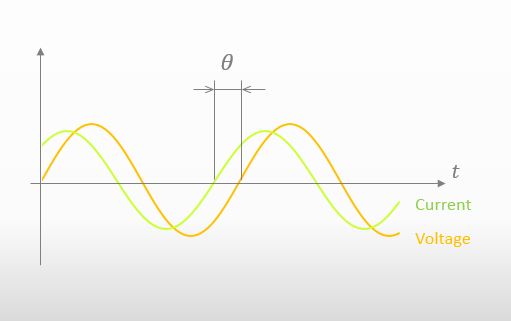
![]()
The current is out of phase with the voltage by theta . What will the active and the reactive power be like in this case?
![]()
No rush. First off, I introduce an expression below that gives electric power.
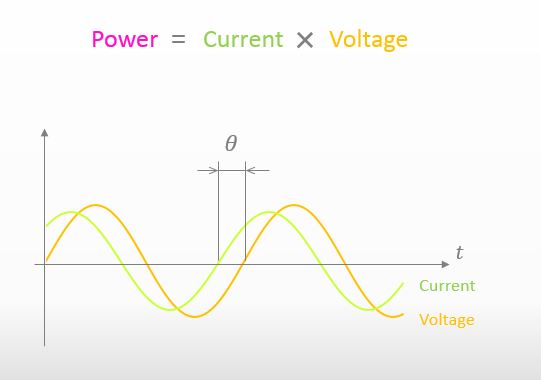
![]()
Right. We can get electric power by multiplying current by voltage.
![]()
The result of the calculation is the red graph in the figure below. We are going to analyze the graph.
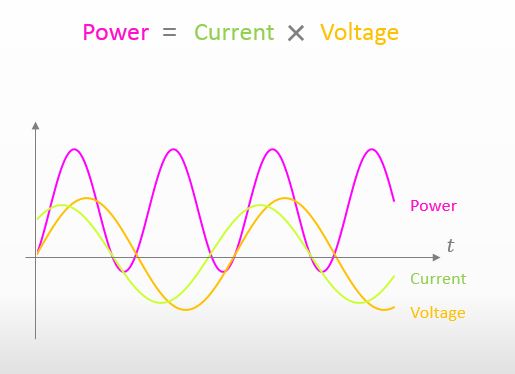
![]()
Firstly, can you express the graph of the voltage and the graph of the current?
![]()
Yes, I think that’s easy. Is this correct?
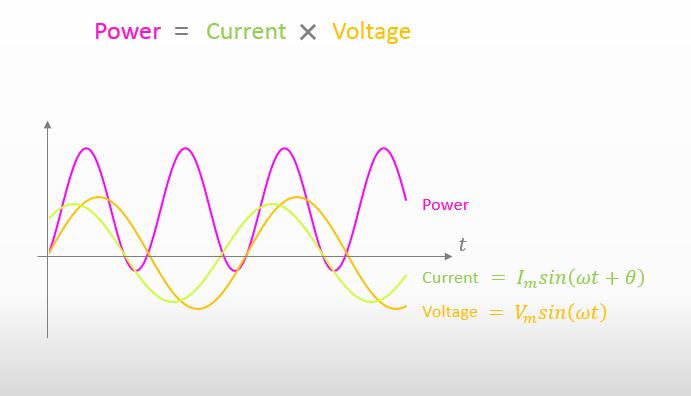
![]()
Yes, it’s correct. Secondly, can you express the graph of the electric power?
![]()
I just multiply the voltage by the current, right? It’s easy. I did it in the figure below.
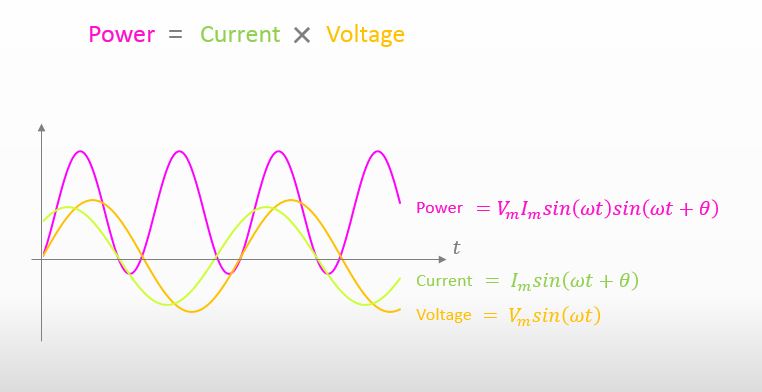
Take electric power apart in 2 terms
![]()
It’s okay but let me expand the expression of the electric power. Here is the expression.
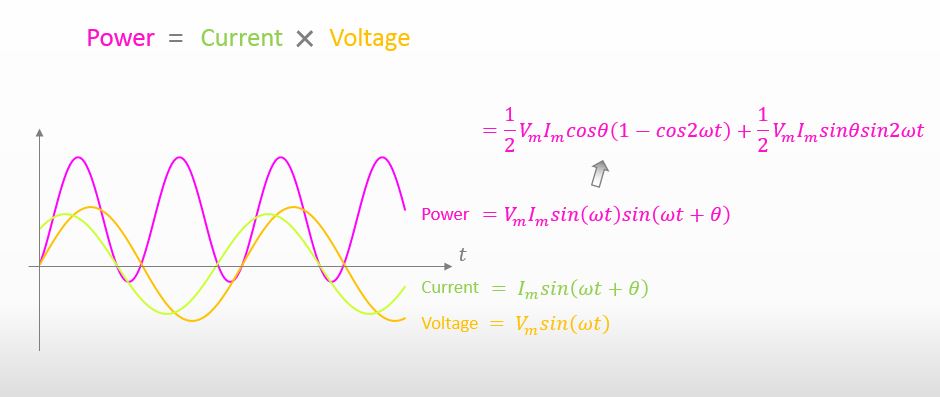
![]()
How did you get it?
![]()
Please take a look below. You don’t have to understand how you can rearrange the expressions but if you are interested in it, this website may help you.
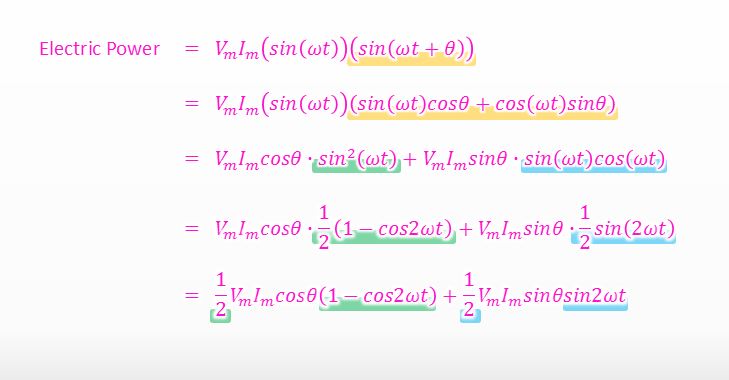
![]()
Thanks. But how is the expression you’ve got related to reactive power?
![]()
Actually, it’s strongly related to reactive power. Please take a look below.
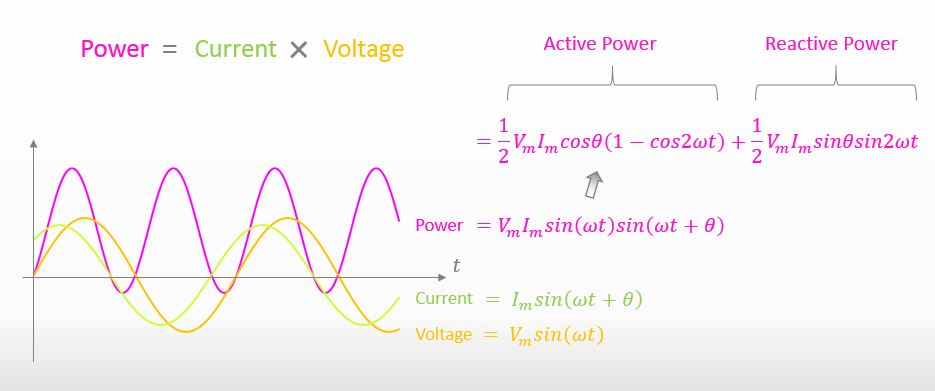
![]()
Eh, why can you say that the left term is active power and the right term is reactive power?
![]()
Before moving on to the topic, can you rewrite the expression of the electric power using effective values so that the expression looks simpler.
![]()
Sure. I’ll substitute effective values as below.
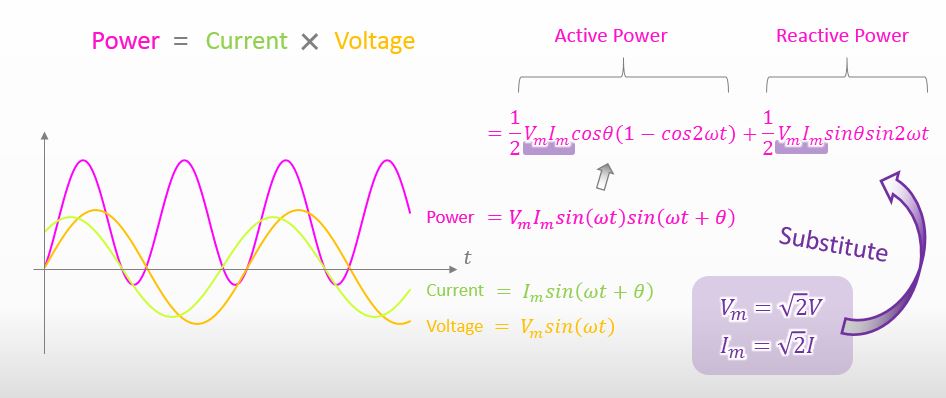
![]()
Yeah, you should.
![]()
The expression of the electric power looks a little simpler.
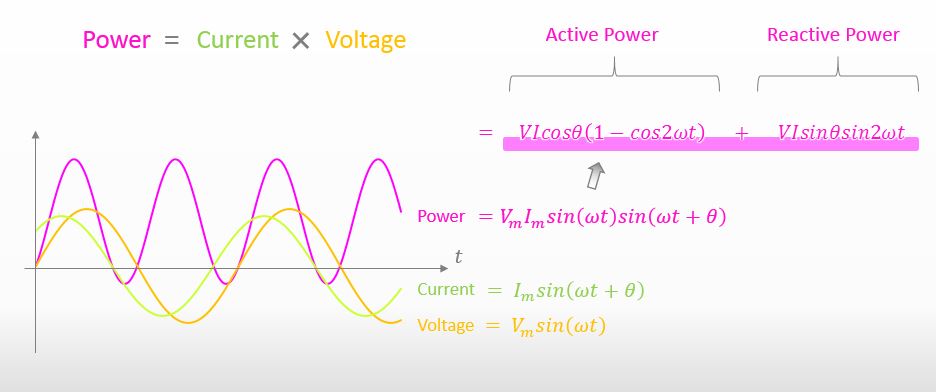
![]()
Thank you. We are going to analyze the expression of electric power carefully.
What is actually active power
![]()
We have the expression of active power and the expression of reactive power. Why don’t we draw the graphs of them? I’d like you to start with active power first.
![]()
Sure. The yellow graph below is active power.
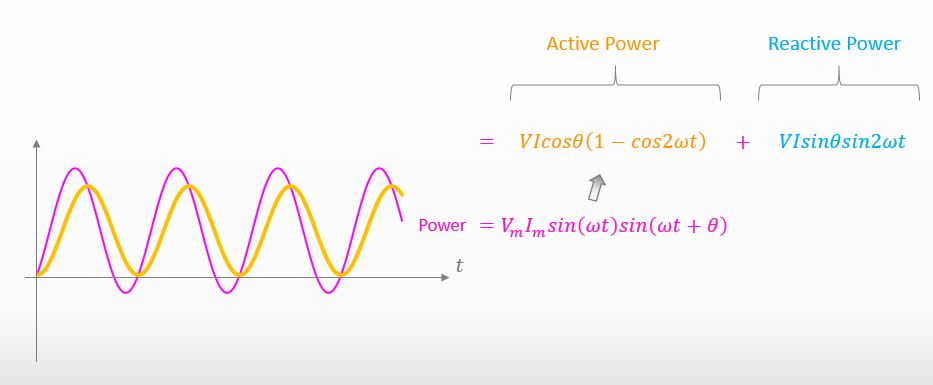
![]()
Good, but will you tell me the way how you drew the graph?
![]()
As shown below, VIcosθ is constant and 1-con2ωt is a function that oscillates between 0 to 2. That’s why the average of the graph of active power is VIcosθ and the amplitude is VIcosθ as well.
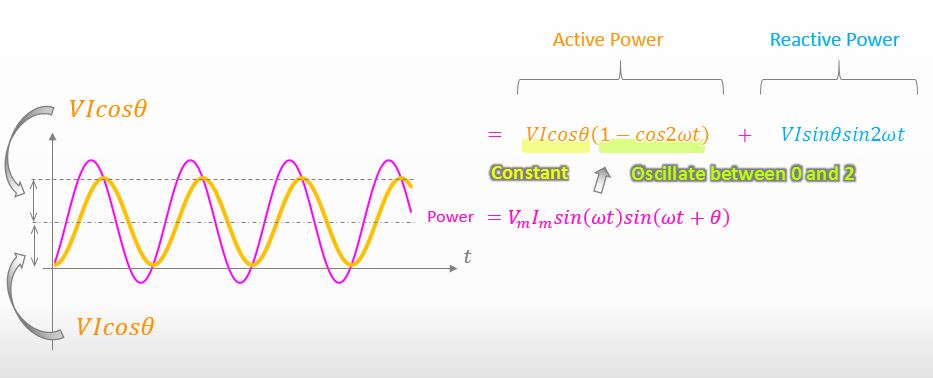
![]()
What is the graph implying?
![]()
It has become obvious that the formula of active power is VIcosθ because the average of the graph of active power is VIcosθ.
![]()
Right. The amount of work done by active power is VIcosθ in average.
What is actually reactive power?
![]()
Can you draw the graph of reactive power next?
![]()
The shape of the expression of reactive power is “ Constant × sin2ωt ”. It’s easy to draw the graph. Here it is.
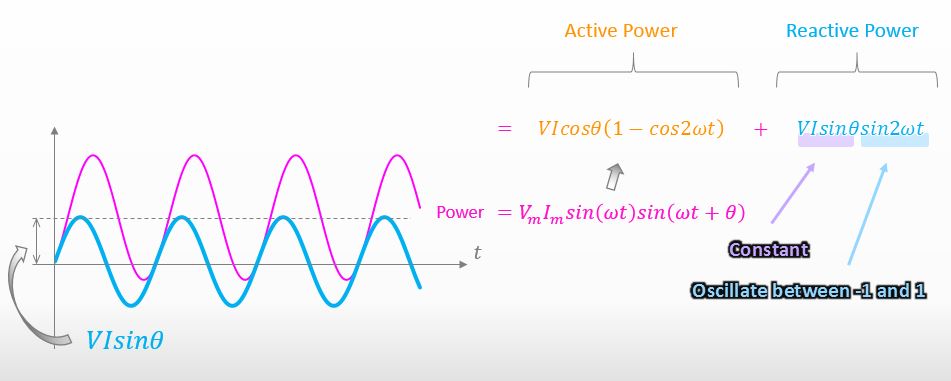
![]()
Perfect. Then, can you say that reactive power is doing work?
![]()
No, I can’t say so because the average of the graph of reactive power is 0.
![]()
Has everything been clear about reactive power?
![]()
I mostly understood but I have a question. What does the lower half of the graph of reactive power mean? Reactive power is doing negative work but what does it mean by “negative work”??
![]()
Is it understandable if I say that reactive power is returning electric power to the power source because of electric discharge?
![]()
Well… I can’t say I totally understand it…
![]()
Let me explain it in ” What is actually reactive power -explanation without math- (in production…) “.
![]()
Thank you. I’ll attend the lecture.
